A core appeal of video games is their interactivity. By pressing the buttons in a certain way, you move your character through the virtual environment. You then feel like part of the adventure, as your actions dictate the success or failure of the hero. What’s more, your skill often earns you great rewards. While these titles may tell a deep, compelling story to tie their objectives together, that narrative should never overshadow the gameplay. Of course, not everyone gets that message.
Recent years have given way to an unsettling trend: games trying to be movies. These titles often have minimal interactivity. Instead, they box you into preset situations with minimal skill or input. They then frame these sections with hours upon hours of cutscenes. You soon spend more time watching the game than playing it. Sure, this approach wins awards and earns attention from artsy parties outside the gaming sphere. After a while, though, you, as the player, wonder why you’re here. If the developers want to tell their story in such a specific way, then they should quit the façade and make a movie.
Related: 10 Video Game Cut Scenes That Were Better Than the Game Itself
10 Senua’s Saga: Hellblade II
Senua’s Saga: Hellblade II – Before You Buy
To be fair, Hellblade: Senua’s Sacrifice is already limited in its gameplay. Combat boils down to the same few combos, and you have little choice but to move forward through on-rails environments. Nevertheless, the presentation makes it a worthwhile experience. The adventure is haunting and atmospheric, and it puts those atmospheric aspects toward some decent environmental puzzles. Best of all, it brilliantly uses sound and visuals to simulate the protagonist’s psychosis. All of these elements add up to a quaint yet promising foundation.
Sadly, the sequel fails to build on that foundation. Senua’s Saga: Hellblade II bears its predecessor’s weaknesses and undermines its strengths. The gameplay remains as shallow as ever but without the mental illness intrigue to back it up. Senua is no longer on her own, ditching the oppressively isolating atmosphere in lieu of simple conversations. Often, these talks unfold in static cutscenes or casual strolls through the village. With this misguidedly broadened scope, Hellblade becomes just another entry in the long list of Viking dramas in recent years.[1]
9 The Order 1886
Talk about wasted potential. The Order 1886 presents a fascinating alternate history where the Knights of the Round Table protect a steampunk London from supernatural threats. You naturally want to explore this intriguing setting, but the game denies you that privilege. The total playtime is only a few hours. Not only is it shorter than some movies, but you have no freedom during that time.
The gameplay is painfully underrealized. Despite the city setting, you can only move forward in predetermined paths. Combat boils down to generic third-person shooting with only a small selection of weapons and an even smaller pool of enemies. The developers clearly want you to experience this new IP in a specific way, but their efforts suck out all the excitement.[2]
8 Ryse: Son of Rome
The Tragedy of Ryse: Son of Rome – Luke Stephens
Some games exist as tech demos for a new console, and Ryse: Son of Rome functions as such for the Xbox One. It boasts photorealistic humans, an immaculate Roman aesthetic, and a theatrical presentation. The developers are clearly shooting for a historical epic much like Gladiator or Troy. They meet that high standard, offering an impressive showcase of the console’s power. They just forget that they’re making a game.
You fight your way through fixed levels in a hack-and-slash style. That wording might be deceptive, though, as Ryse has no style. The hero’s few sword and shield combos are as generic as they come, not that he ever needs anything more complicated. Enemies never deviate from recycled soldiers and brutes. Dispatching them quickly grows monotonous. These uninspired elements aren’t meant to stand on their own. They solely serve to get you to the next scripted set piece and nothing more.[3]
7 God of War: Ragnarok
God of War Ragnarok – Before You Buy
Retooling the action-packed God of War games into slower, introspective dramas was always an odd choice, and Ragnarok represents the final stage of that evolution. Engaging gameplay is no longer the top priority. The combat may remain relatively solid, but it fails to improve on its predecessor in any meaningful way. That’s largely because the role-playing still lacks the depth of the game’s more dedicated peers.
By that same metric, there are a handful of side quests, but you have no incentive to seek them out. Most of them are just passing curiosities—boring and inconsequential. Not to mention, the level design doesn’t encourage going off the beaten path since it’s rife with corridors and invisible walls. Even if you indulge in them, your playtime pales in comparison to the main narrative.
Ragnarok has a ludicrous amount of cutscenes. Most of these scenes are painfully drawn out because of the game’s pretentious single-shot approach. Characters walk slowly from place to place, take long pauses between each sentence, and silently reflect on their journeys. You spend only a small portion of this game actually playing it. Even then, some of the gameplay amounts to walking forward and listening to exposition. With such a lopsided ratio, you wonder why the developers bothered with any role-playing at all.[4]
6 The Last of Us Part II
The Last of Us Part II – E3 2018 Gameplay Reveal Trailer | PS4
This sequel has the same problems as God of War. The massive number of cutscenes stands radically out of proportion with the gameplay. Similarly, these cinematic sequences all have a glacial pace—every second is steeped in hyper-emotional drama. Now, plentiful cinematics are nothing new for developer Naughty Dog. Jak & Daxter and Uncharted are rife with cutscenes. The latter series even has a linear structure, but it never eclipses the exhilarating gameplay.
The Last of Us Part II coasts by in that department. Rather than platforming through multidimensional levels, this post-apocalyptic follow-up falls back on its predecessor’s rudimentary shooting, crafting, and stealth. You use these actions to take out the same moronic zombies and faceless thugs. That’s if you’re fighting at all, as the game continues the tired trend of walking through boring hubs while listening to mandatory conversations. Such superficial aspects are more apparent as the game shamelessly stretches to an obscene length. Well, fans now have a Last of Us TV show, so this bloated bore is even more irrelevant.[5]
5 Quantum Break
So I’ve Finally Played… Quantum Break
Quantum Break deviates from its cinematic peers in a key way. It doesn’t want to be a movie; it wants to be a TV show. This mind-bending thriller unfolds in a series of episodes, and each one features live-action scenes with actors like Shawn Ashmore and Lance Reddick. These segments comprise about half the total playtime. The other half sees their photorealistic likenesses fight their way through sci-fi set pieces in seamless transitions. The design strives to blur the line between games and television, but intent can only get you far.
All the tiresome hallmarks are here. You have repetitive third-person shooting copied and pasted from other series. You have pedestrian platforming where you can only go one way. You have primitive “puzzles” where you hit a single button to proceed. What should be a multifaceted experience swiftly reveals itself as a mundane mashup of familiar building blocks with nothing defining them. Combined with the prominence of live-action beats, that lack of identity tells you all you need to know about the developers’ priorities.[6]
4 Final Fantasy XIII
We Were All Wrong About Final Fantasy XIII
Final Fantasy is one of the seminal role-playing series. Players love traveling the world, building a party, and customizing that party to their style. Final Fantasy XIII is an outlier in that it excises all those strengths while pretending it doesn’t. On the surface, it’s still about a grand adventure across a fictional landscape, but the route is always predetermined. Most of the environments are narrow hallways with no deviations. You spend dozens of hours walking in a straight line. The game opens up near the end, but it’s too little too late. The developers could have lessened the monotony through role-playing, but no.
The gameplay follows the same on-rails mindset. As you level up, you can invest your skill points in each character’s stats and abilities. The catch is that they’re all unlocked in a particular order. If a fire spell is the next item on the progression plane, then that’s what you get. The developers even discourage you from using these skills on your own. You only control one of your party members in battle; the others just do what they want.
In addition, the recommended “Auto-Battle” takes away even that choice, instead activating whichever abilities the developers deem best.FFXIII somehow saps the freedom out of a genre practically built on it.[7]
3 Death Stranding
I tried Death Stranding again…
Hideo Kojima usually garners a mixed response for his convoluted storytelling and bizarre concepts, but this post-apocalyptic mailman simulator reeks of his worst tendencies. Death Stranding immediately showers you with cutscenes. For most of the opening hours, you barely touch your controller. Instead, you watch the most pointlessly pretentious weirdness ever put to screen, much of it unfolding in slow motion. The only breaks come in the form of tedious tutorials. Before long, you’re begging to actually play the game.
There’s admittedly some skill and depth to delivering packages. Not only do you navigate uneven environments, but you must anticipate the dangers on your route and prepare supplies accordingly. The downside is that the developers never let you get into a groove. Every mission yields another exposition dump—either in an audio announcement or another overlong cutscene. This is what happens when Kojima has no one to rein him in.[8]
2 Until Dawn
Until Dawn – Story Explained
Audiences often lambaste people in horror films for their dumb decisions. Until Dawn aims to answer that by placing players in their own slasher flick and letting them decide who lives and dies. That applies to the familiar setup as well as the gameplay. You can’t explore the cabin or the surrounding area. On rare occasions when you can freely move, the game only gives you a few feet to walk around. Instead, the style is a “Choose Your Own Adventure” endeavor like the Telltale titles.
The problem is that there’s not much choice. You expect to watch a lot of cutscenes for this type of game, but these cinematics are long even by this genre’s standard. Whenever you do make a decision, it usually doesn’t affect the narrative in any meaningful manner. In most cases, the characters can’t even die. Failing a button prompt just resets the sequence for a few seconds so that you can try again. That pattern undermines the game’s selling point, making it just another horror flick filled with stupid victims.[9]
1 Most Quantic Dream Games
Beyond: Two Souls – David Cage’s Biggest Disaster
Imagine a whole series of games with the same issues as Until Dawn. That’s developer Quantic Dream in a nutshell. This studio languishes in linearity. Its titles practically beg you to take them seriously as arthouse films. The endless cutscenes bombard you with melodramatic acting from big-screen celebrities rendered in grotesque, uncanny detail. These performances convey pathetically pretentious plots with no deviation whatsoever.
That philosophy extends to the navigation. Invisible walls fill the tiny environments, and puzzles typically have a single, simple solution. The conversations should have more room to experiment, with each exchange offering choices for what to do and say. No matter what you pick, though, the writers still bottleneck you into their preset scenarios.
That lack of agency applies to all of Quantic Dream’s high-profile titles. Beyond: Two Souls and Detroit: Become Human are the most egregious examples, as they suffer from all the problems previously listed. The best effort in this style is Heavy Rain. This murder mystery also stumbles in its attempts to marry gameplay and cutscenes, but at least has genuine branching paths. However, that mild success doesn’t remotely justify the developers’ stubborn adherence to this format. Just make a movie and stop pretending it’s a game.[10]
fact checked by Darci Heikkinen



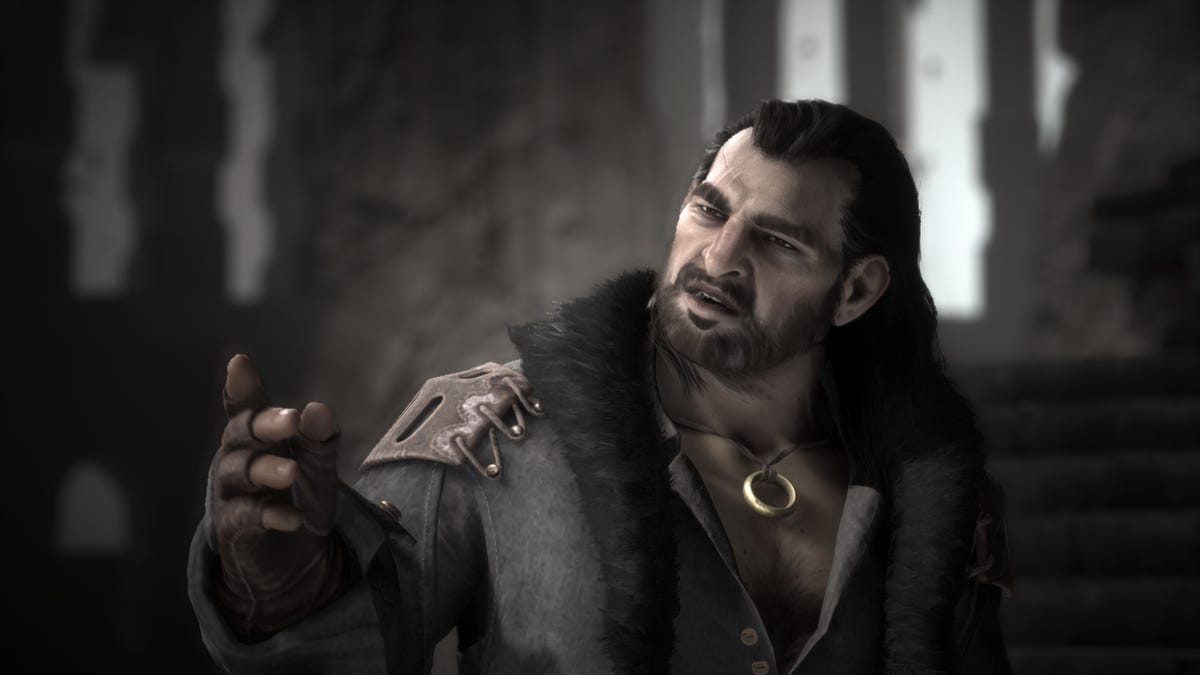










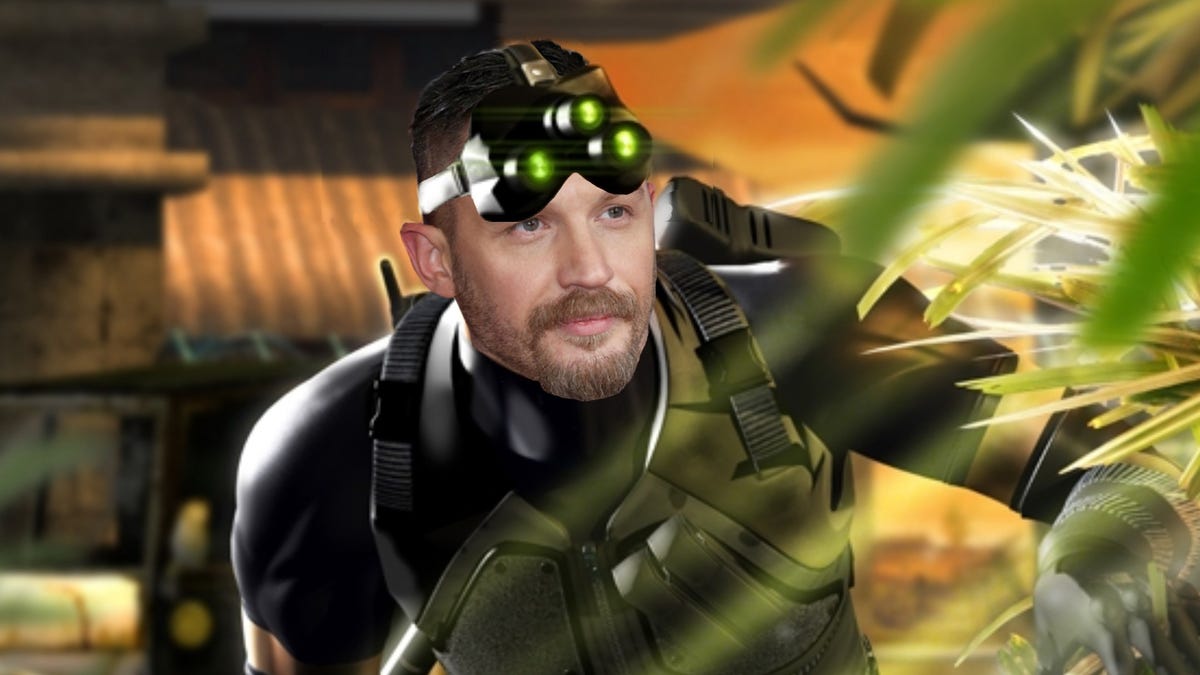








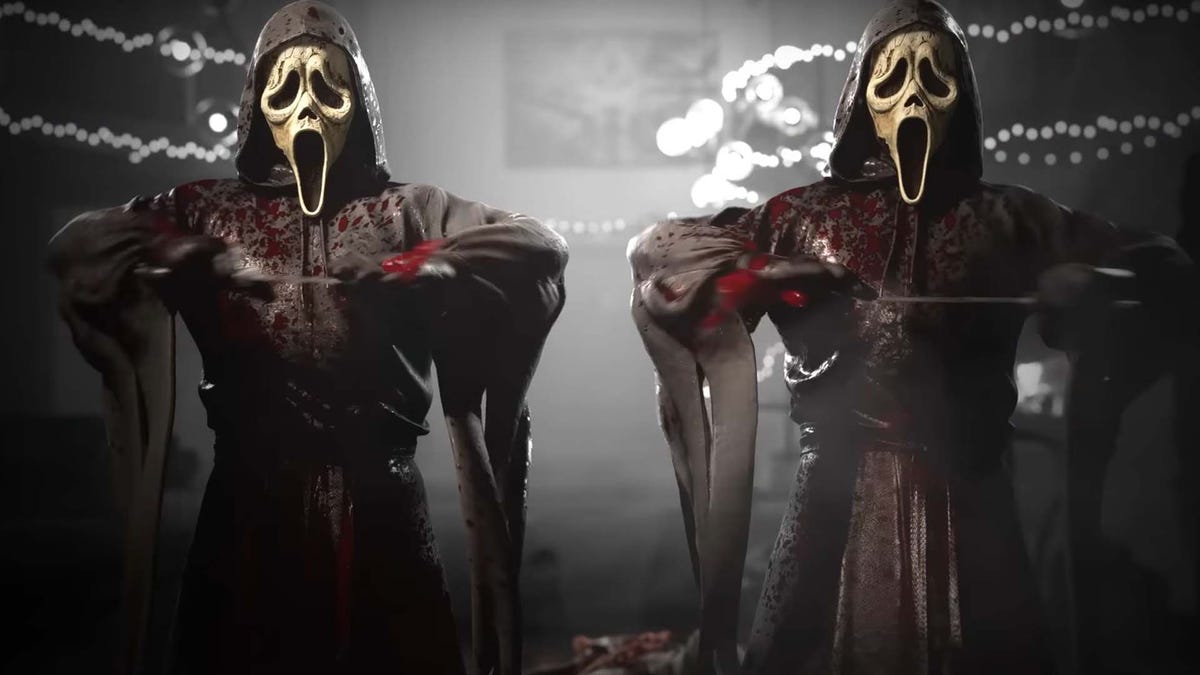

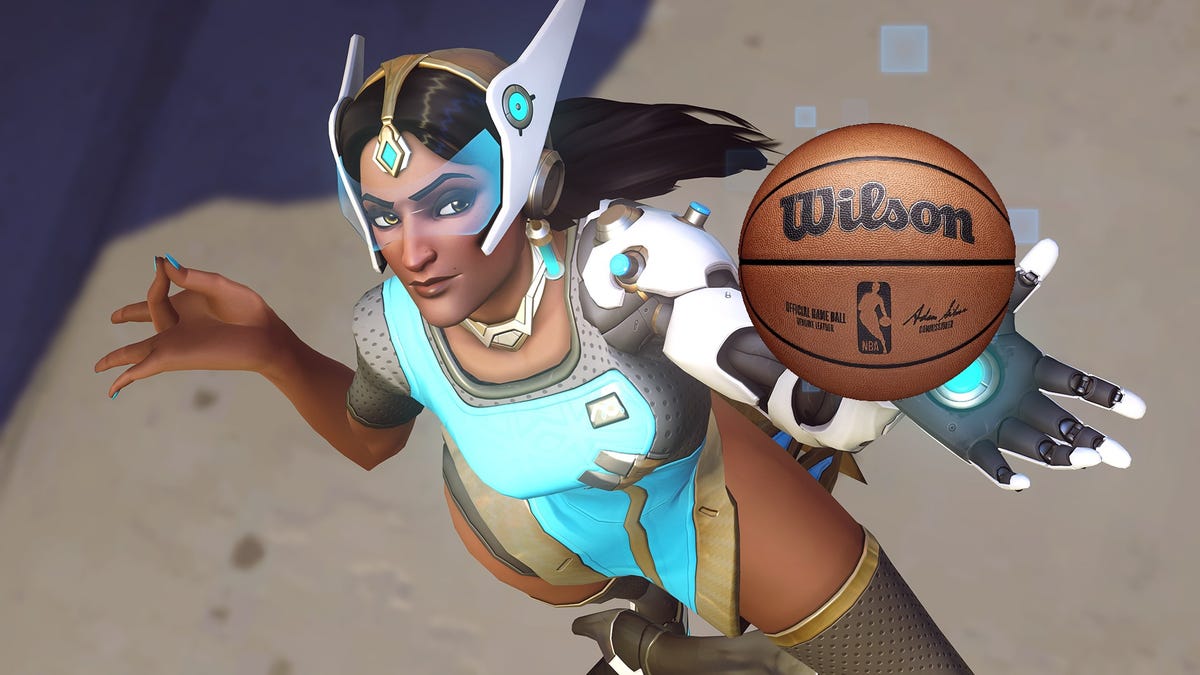



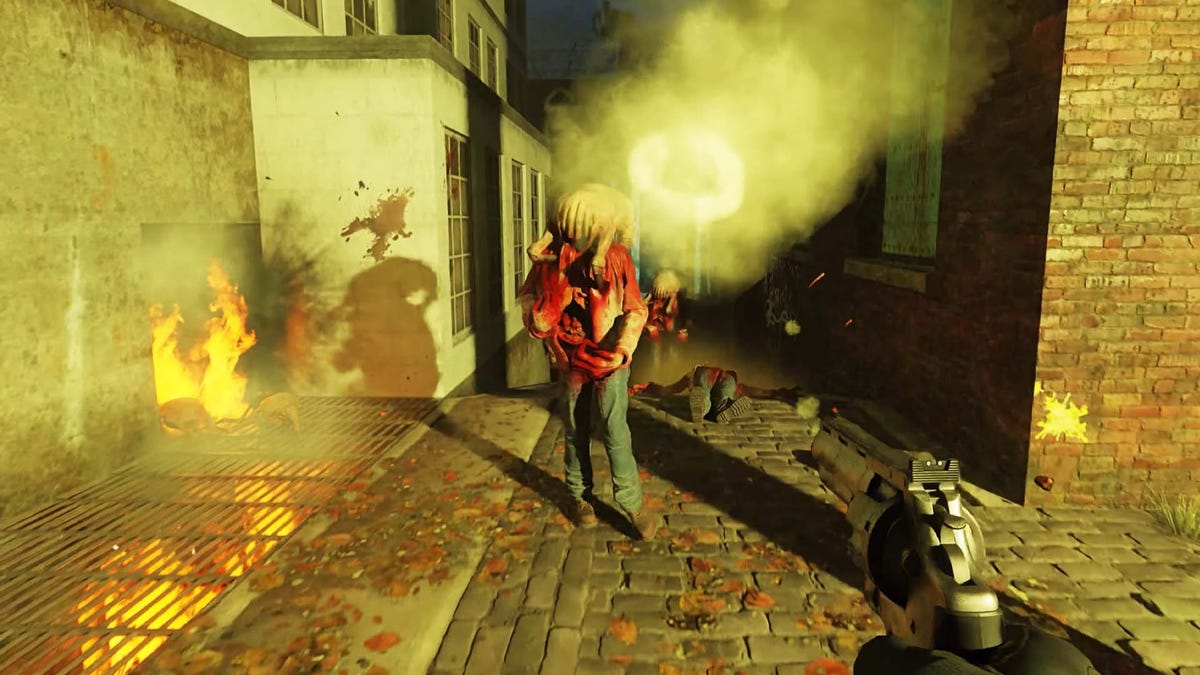
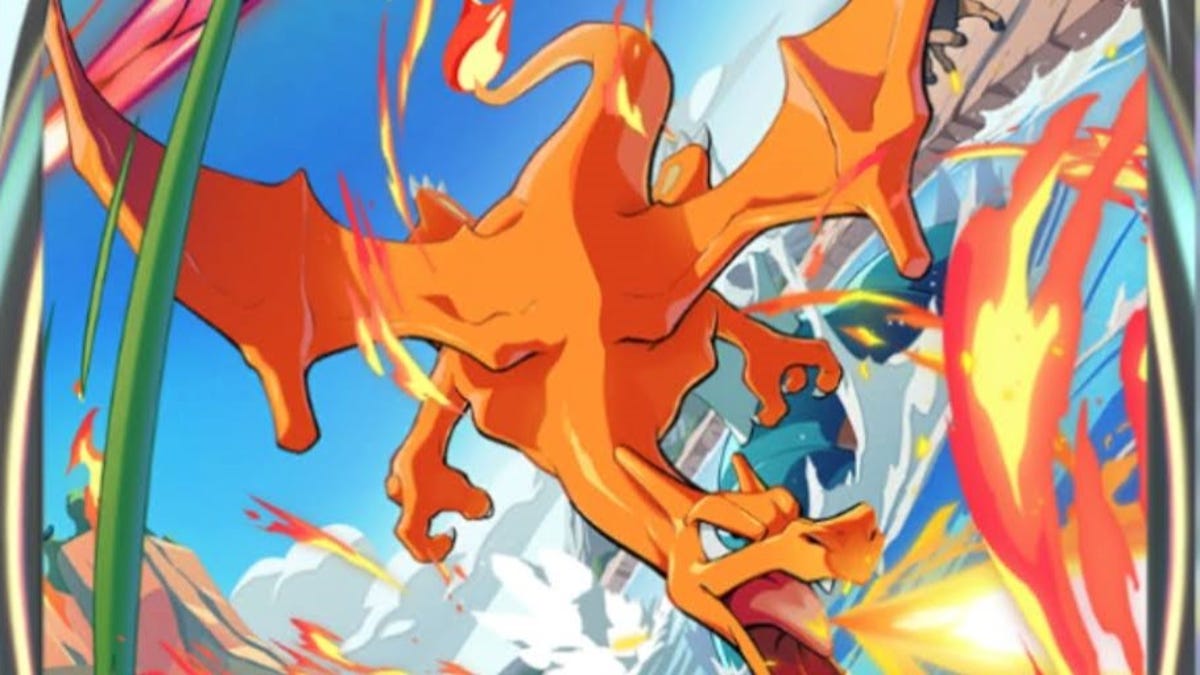


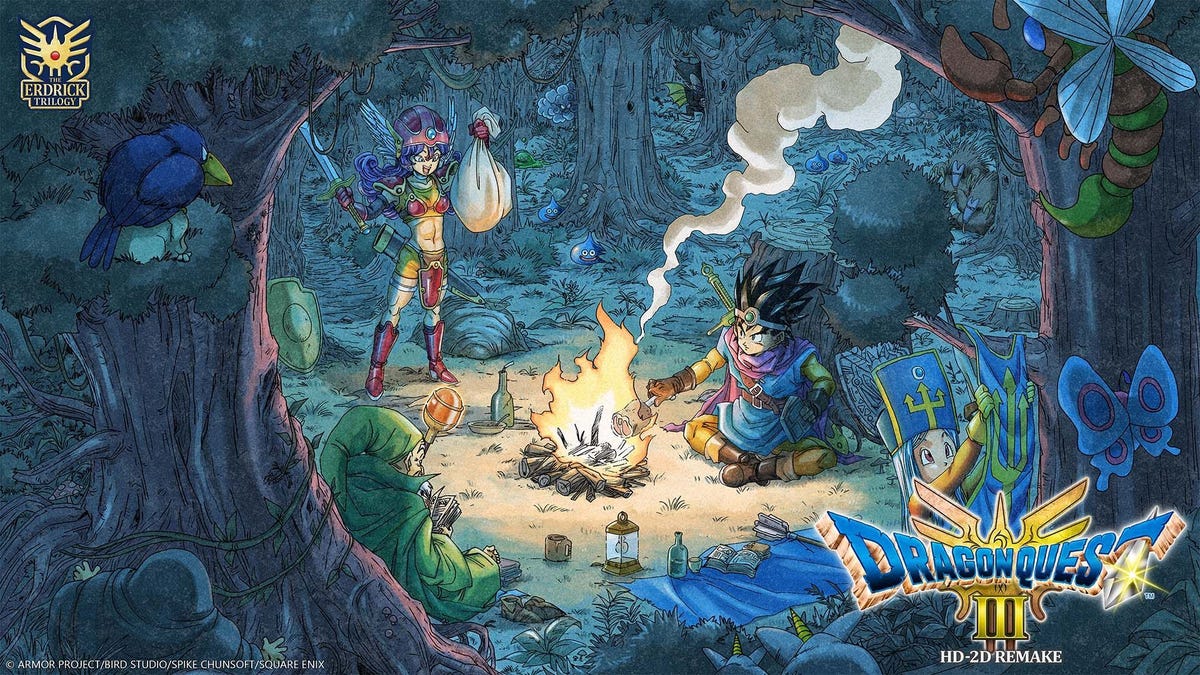

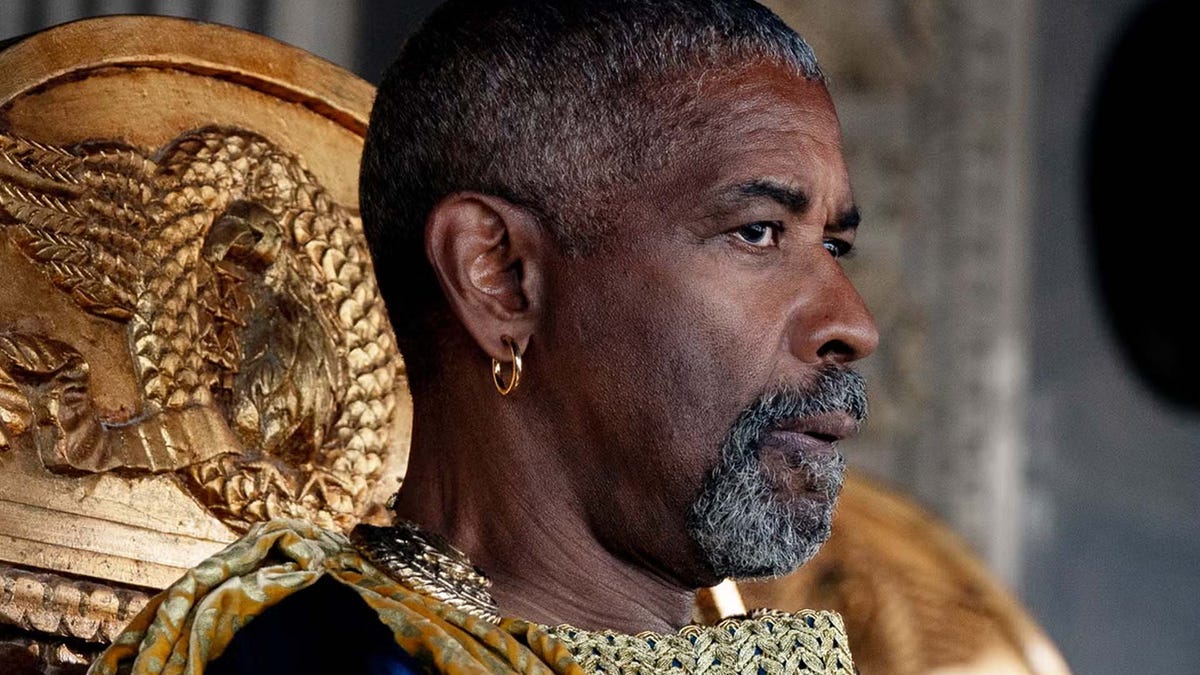

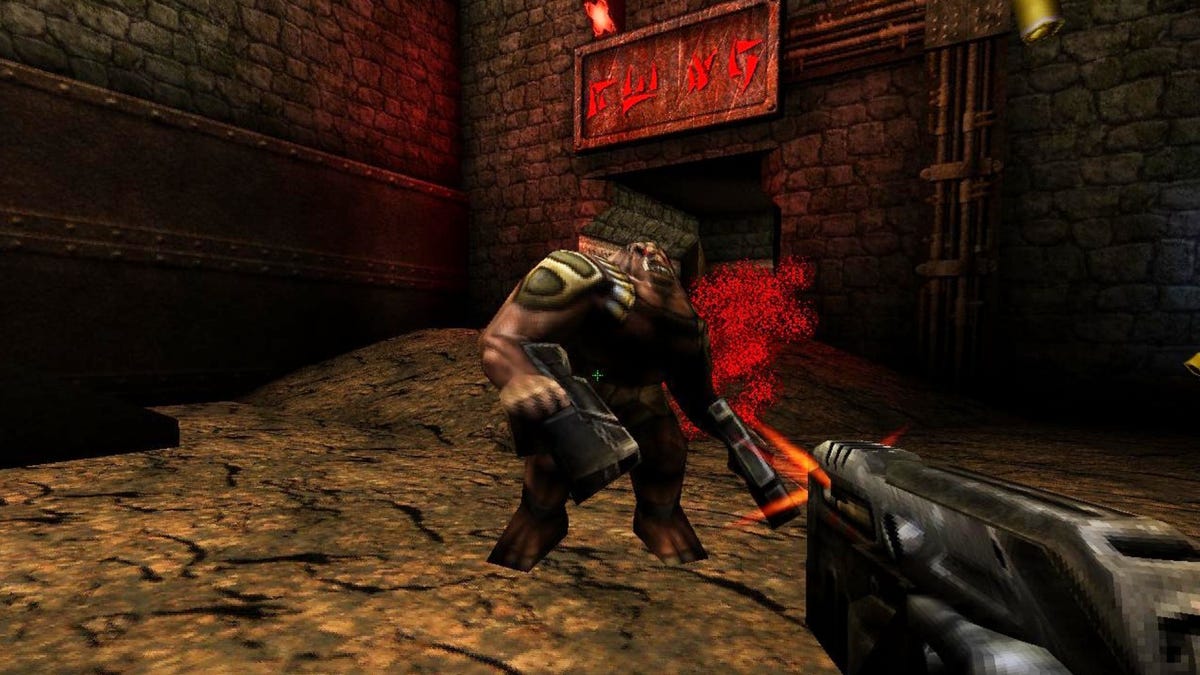





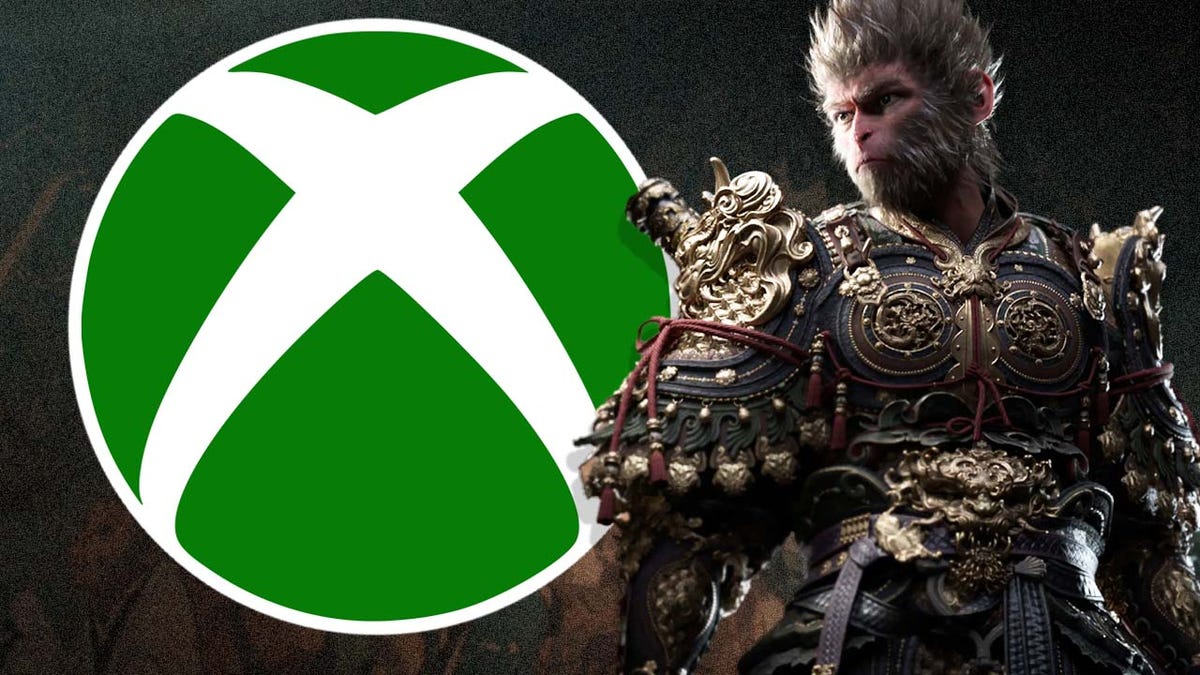


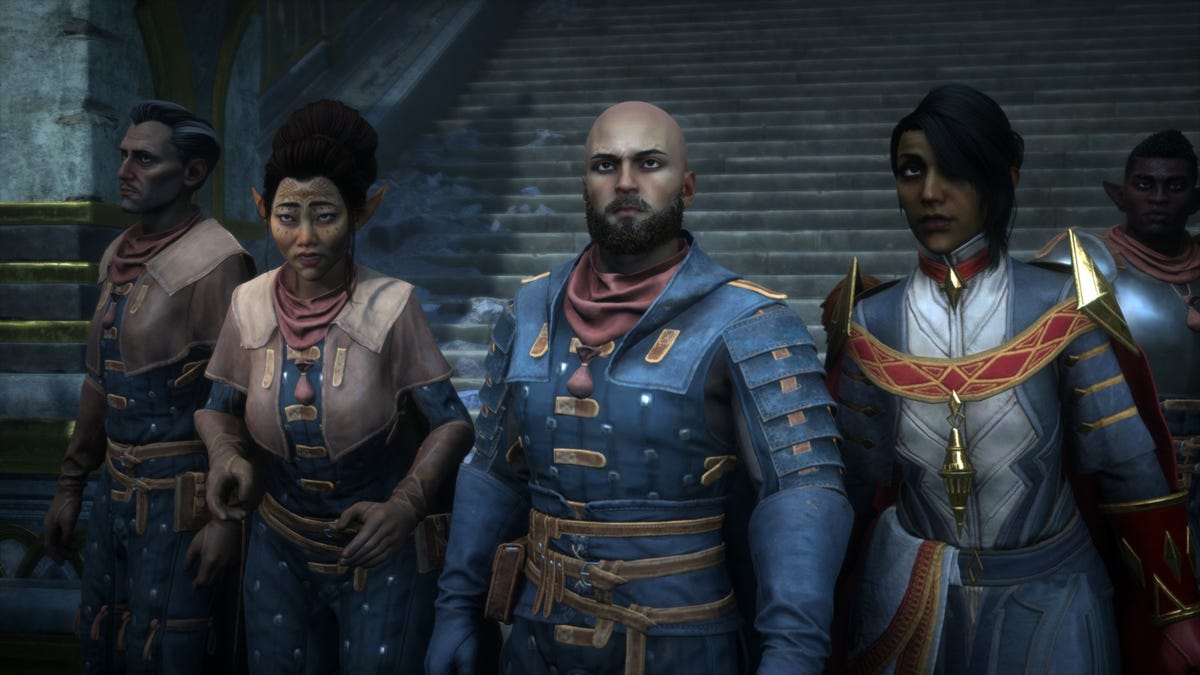

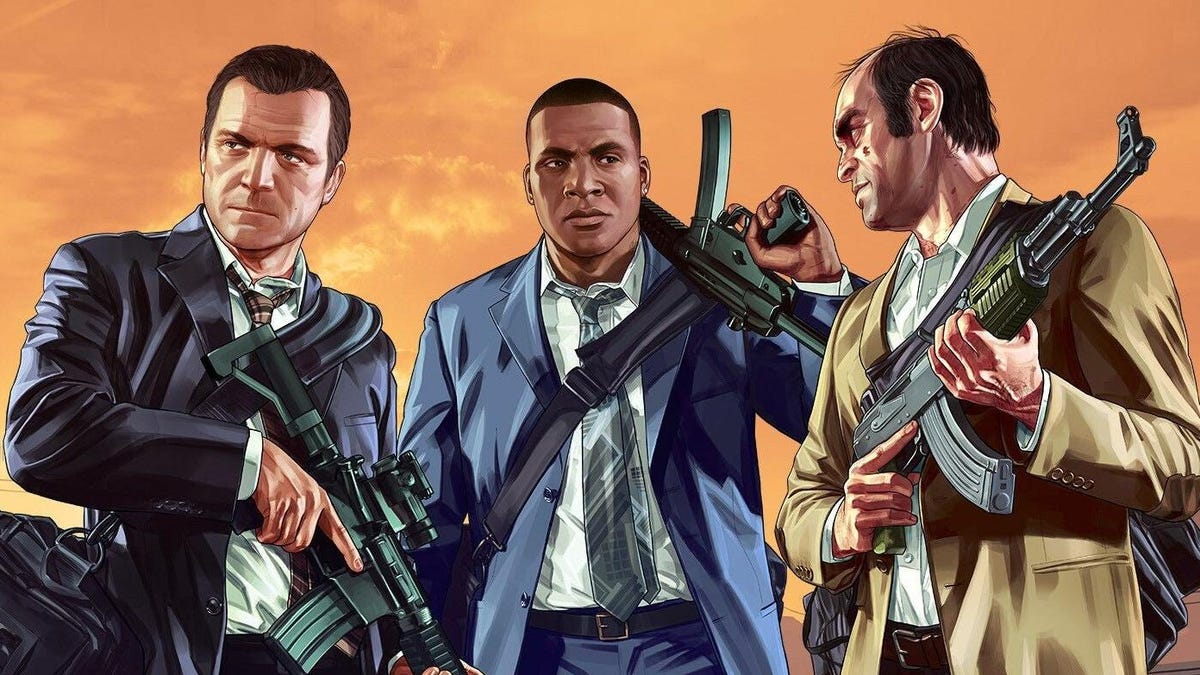
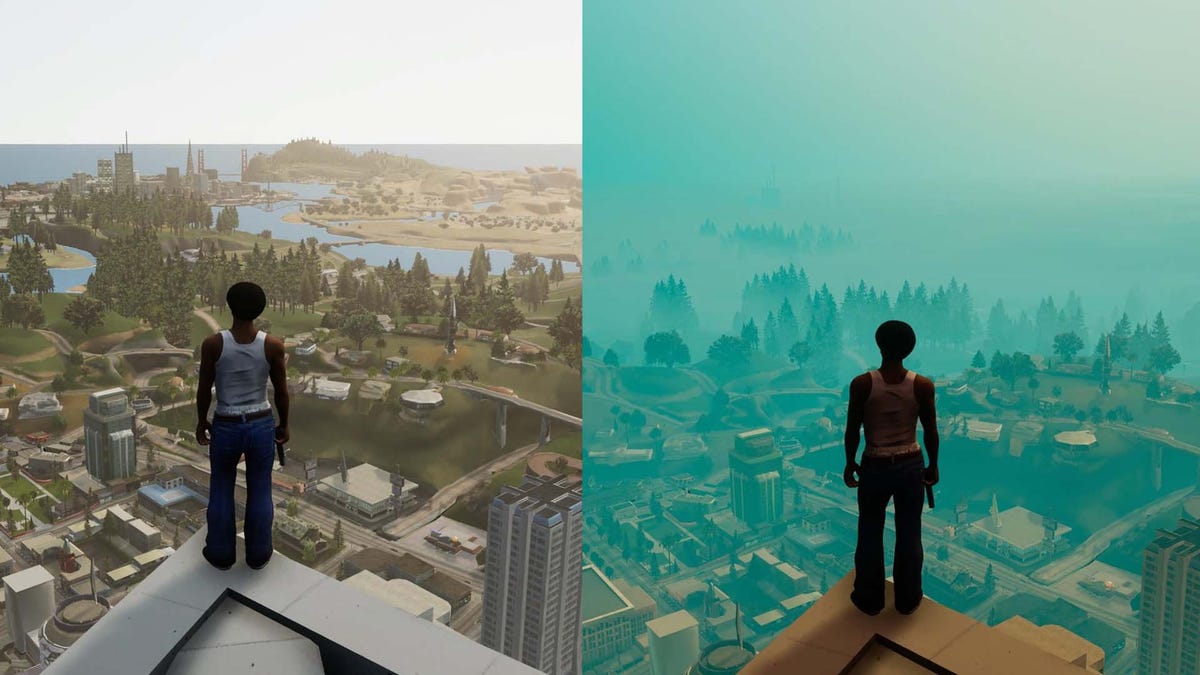

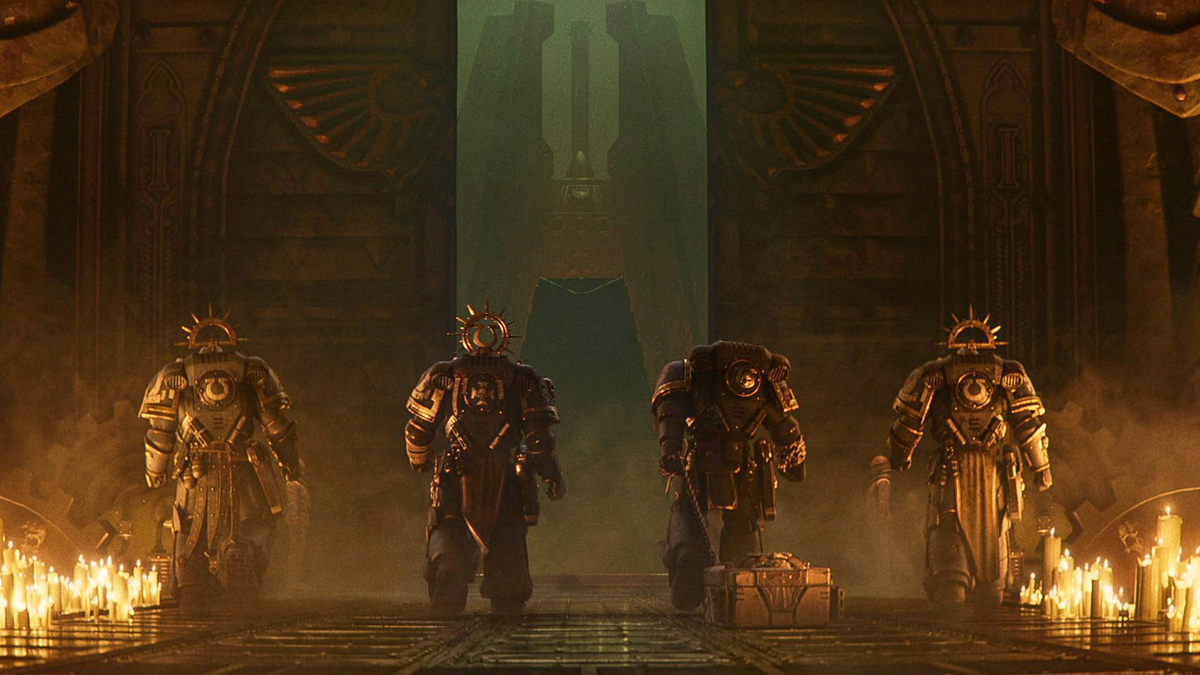


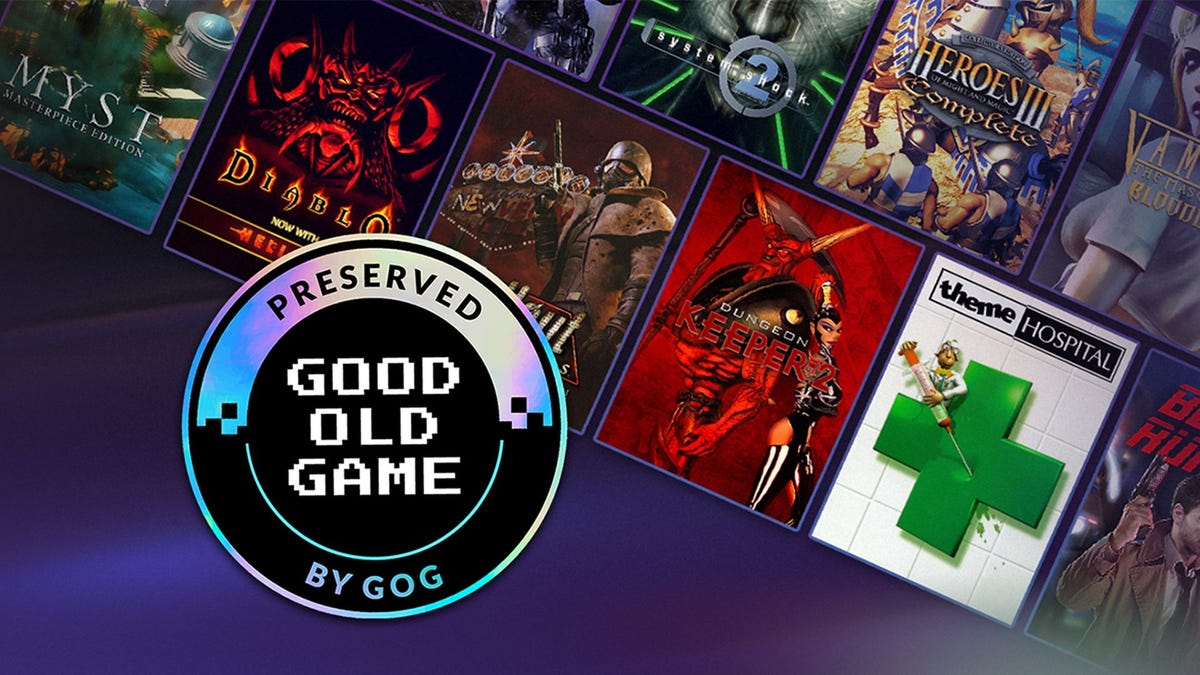






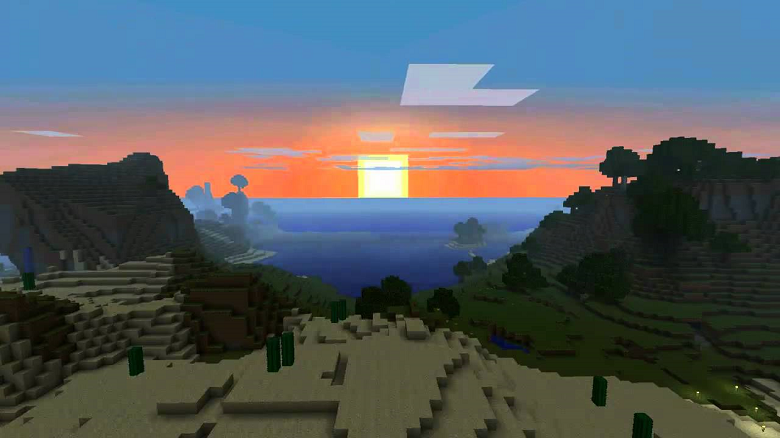
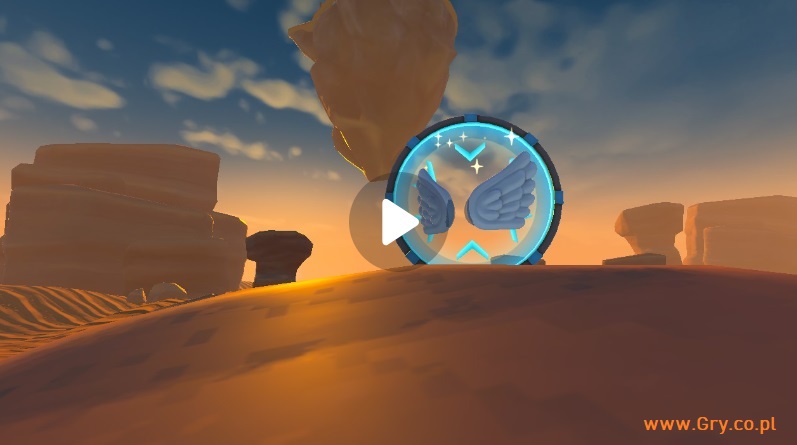



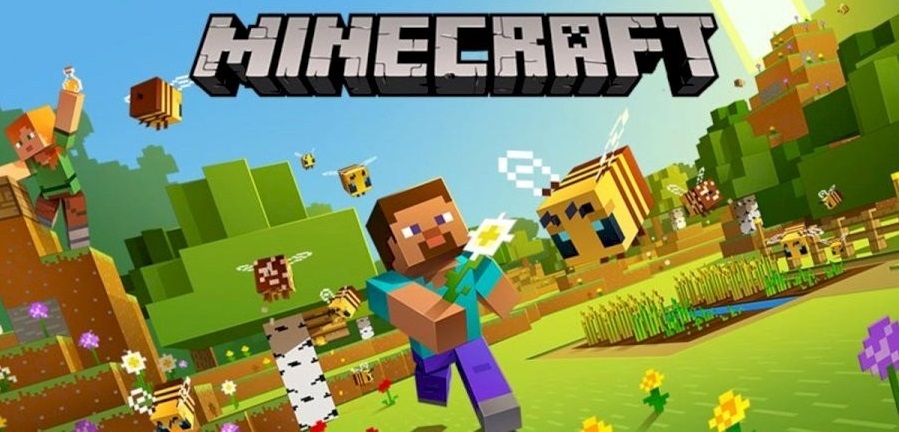


.png)

.png)





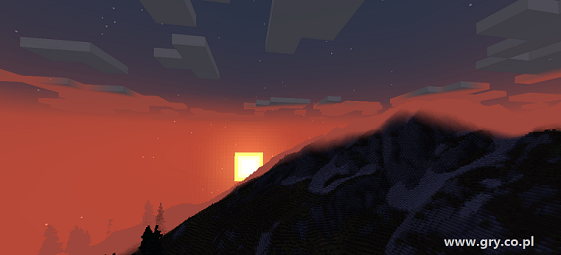






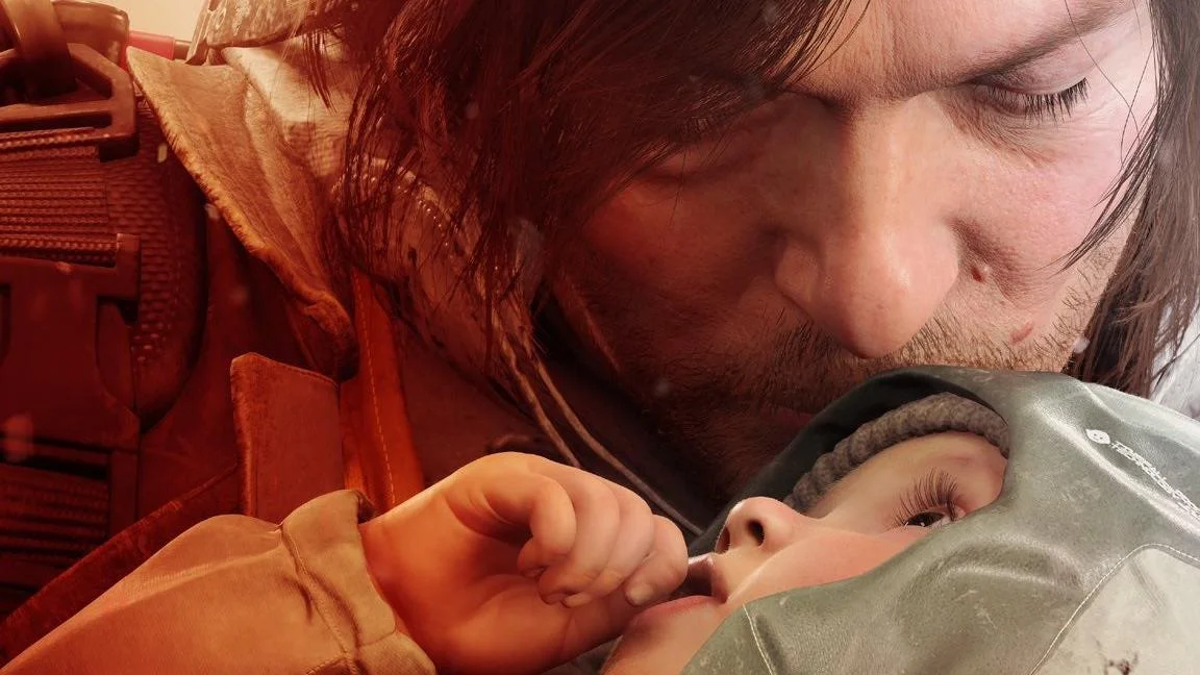








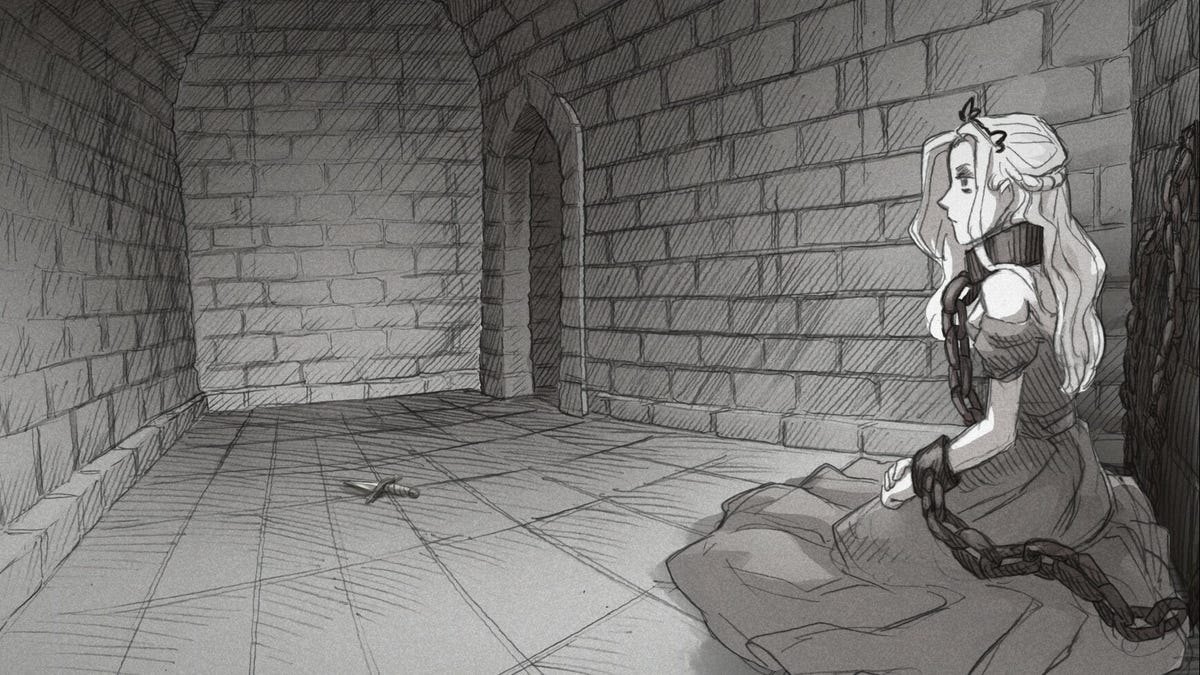





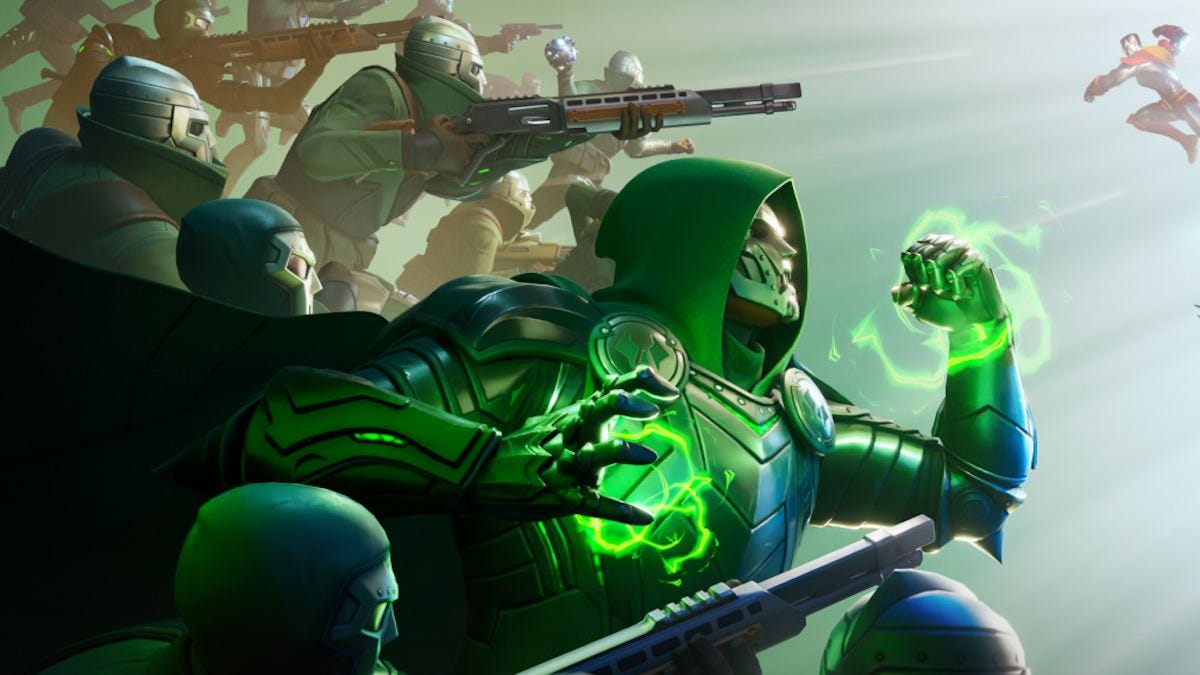


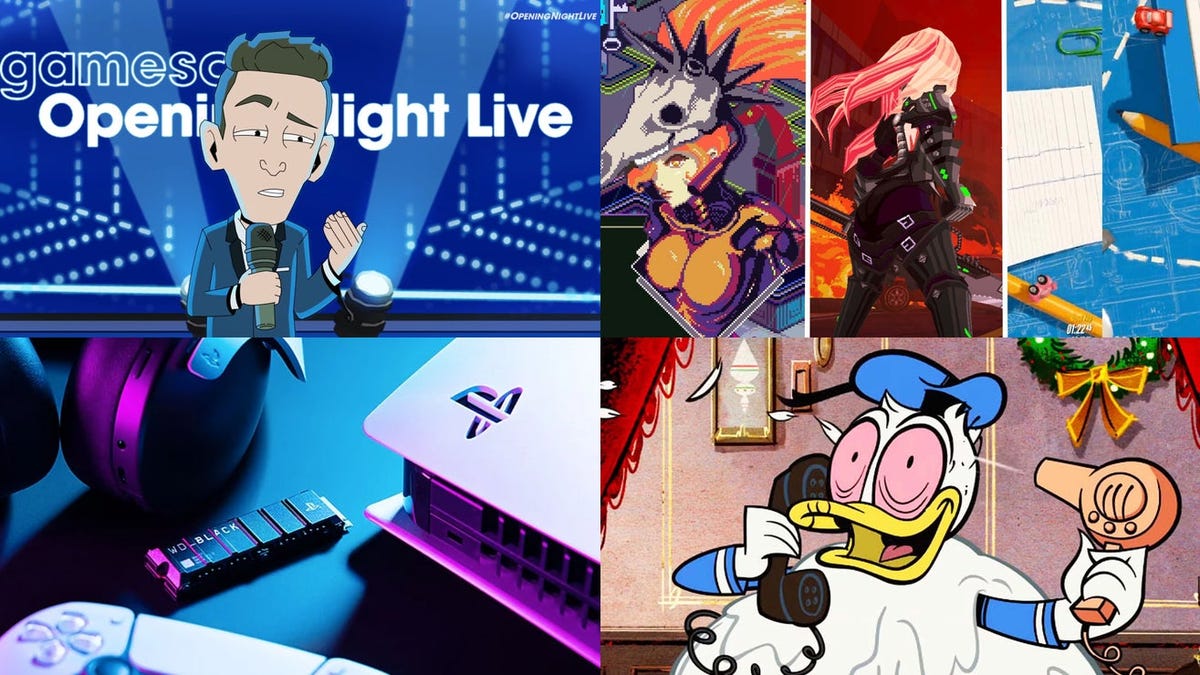



 Bengali (Bangladesh) ·
Bengali (Bangladesh) ·  English (United States) ·
English (United States) ·  Polish (Poland) ·
Polish (Poland) ·